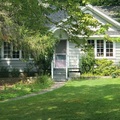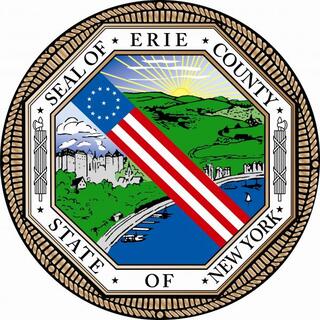Development of the northeast portion of the city of Buffalo, which includes the neighborhood bounded by Main Street, LaSalle, and Highgate, was slow to take hold in the 19th century. The area was rural, the county's almshouse was situated nearby at Main and Bailey, the streetcars did not run out that far. Then the county closed its almshouse in 1909 and deeded the land to the University at Buffalo, which opened its College of Arts and Sciences in 1913. Just as the first new buildings were opening in 1922, the development of this neighborhood began in earnest. A Canadian developer, J. Walter Gage Realty, with offices in the Ellicott Square building, was responsible for the residential construction of these streets. One Morning Express advertisement described the homes thus: "New bungalows, $3,000 - 4,200. SMALL down payment, balance like rent; sleeping porches, 8 rooms and bath; hardwood trim and floors; electric range; lot with driveway space." The area was originally called "Summit Park" after its position at the highest elevation in the city, and Minnesota Avenue was originally called Summit Avenue.
Between Highgate and Lisbon Streets a site was selected by the Episcopal Diocese for a new church to be called St. Andrews. The basement was constructed as seen here and the congregation moved into it in 1921. Lacking funds to complete the construction, the congregation worshipped there for nearly six years. Their new building was completed in 1929.
In 2009, the neighborhoods around the University at Buffalo are referred to as University Heights.












